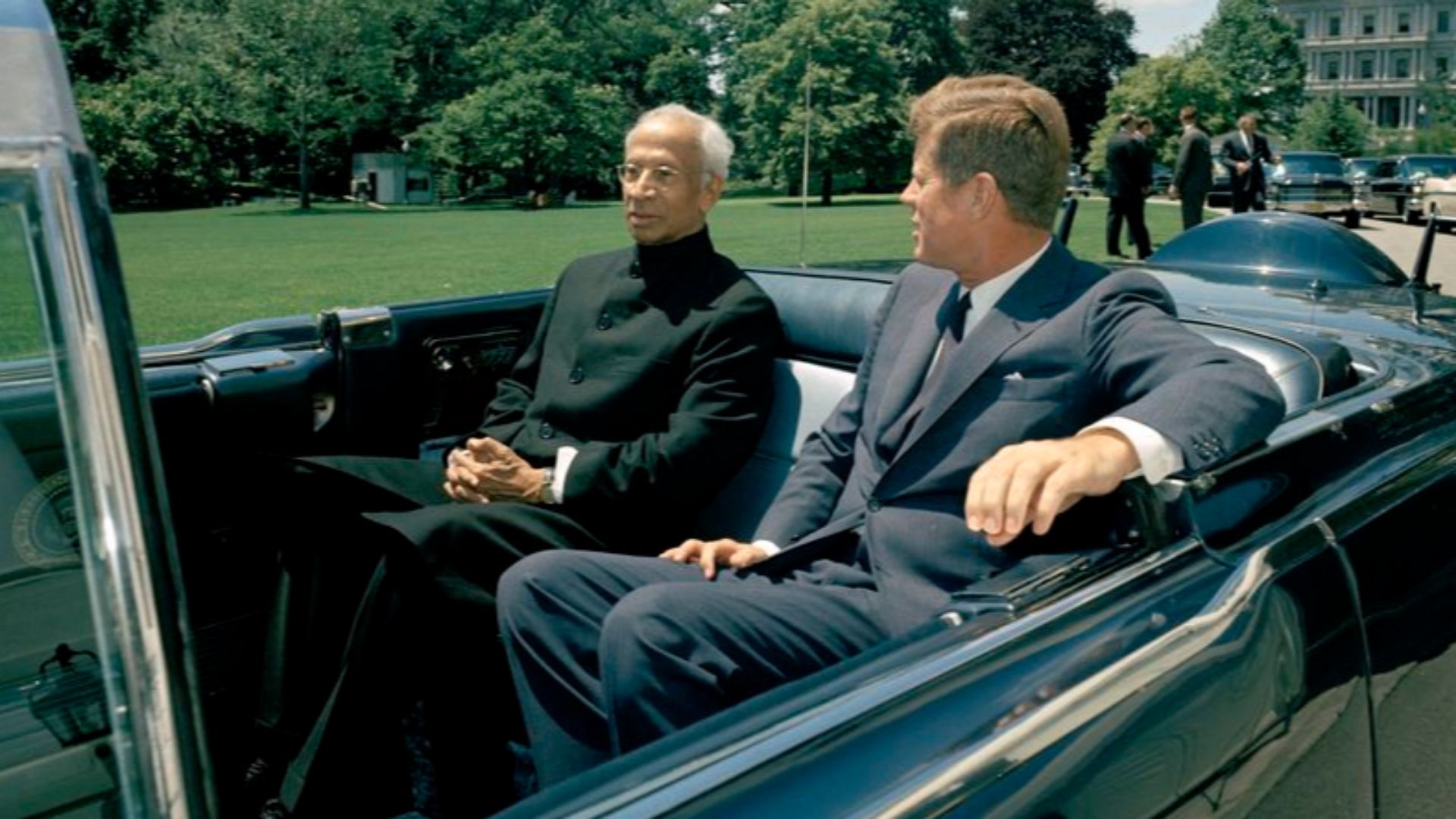Float Like a Butterfly, Sting Like a Bee
In the spirit of good marketing, it makes sense that most car companies would pick names for their vehicles that are associated with lightness, speed, or maybe the general shape of the car, reminding you of a particular bug. While not all of these cars hit it big, many of them have left a lasting impression on the car community, with some still being in production today.
1. Volkswagen Beetle
The legend itself. The Volkswagen Beetle, or “The Bug,” is arguably the most famous, or at the very least, the most common car on this list. The vehicle behind every kid getting punched in the arm when one drove by, which Volkswagen actually stopped producing in 2019.
2. Plymouth Cricket
The Cricket was essentially a relaunched Hillman Avenger built by Chrysler back in the 70s. Despite the funky name, the Plymouth Cricket was unsuccessful in America due to its poor build quality.
 Riley from Christchurch, New Zealand on Wikimedia
Riley from Christchurch, New Zealand on Wikimedia
3. Pontiac Firefly
Small and fuel-efficient, the Pontiac Firefly was noted for having exceptional performance during the height of its reign. The Pontiac was available in Canada from 1985-91, and from 1994-2001.
4. Hudson Hornet
The Hudson Hornet was built by the Hudson Motor Car Company during the 1950s. The car featured a dropped floor pan and chassis for better handling and featured a streamlined design. And before you ask, sadly, each car does not have Paul Newman’s voice to mentor you through a journey of self-discovery. We checked.
5. Dodge Super Bee
As opposed to a regular bee, the Dodge Super Bee was a muscle car that was built on and off between the years of 1968-1971. The car came tricked out with a four-speed manual transmission, heavy-duty suspension, and high-performance tires.
6. Hudson Wasp
Very similar to the Hudson Hornet, the Wasp had shorter fenders, frame, and hood, with different trim options. It was lower priced than the Hornet and had a standard 140 hp engine. Before scrapping the car entirely, AMC tried to revamp the Hudson and the Wasp with tri-tone paint colors and new exterior grilles, but it was proven unsuccessful.
7. Dodge Hornet
The Dodge Hornet is considered a compact crossover SUV, and is the company’s smallest vehicle. A rebrand of Italy’s Alfa Romeo Tonale, the Hornet features a 6 and 9-speed automatic transmission, four-wheel drive, and a hybrid engine.
8. Monarch Station Wagon
This four-door Sedan was produced by Ford during 1946-47 and 1958-61. Specific to Canadian audiences, the car was based on Mercury vehicles but with specific trim, grilles, and taillights that made it stand out.
 Greg Gjerdingen from Willmar, USA on Wikimedia
Greg Gjerdingen from Willmar, USA on Wikimedia
9. Datsun Honey Bee
Nissan introduced this vehicle during America’s energy crisis in 1976. It was a stripped-down version of their Japanese model, but was marketed as a low-price, high-mileage option for those looking to buy.
 USGS Bee Inventory and Monitoring Lab from Beltsville, Maryland, USA on Wikimedia
USGS Bee Inventory and Monitoring Lab from Beltsville, Maryland, USA on Wikimedia
10. Alfa Romeo Spider
The Alfa Romeo Spider was first launched in 1966 and is a two-seater roadster with a front engine. The car was powered by a 1.6 L engine, and was the only Giulia variation to continue to sell into the 1990s.
1. Ford Thunderbird
The Ford Thunderbird was built from 1954-1997, and again from 2001-2005. It’s considered a personal luxury car and was introduced as a two-seat convertible. Known informally as the T-Bird, you may recognize the car and the name if you watch the musical Grease.
 Greg Gjerdingen from Willmar, USA on Wikimedia
Greg Gjerdingen from Willmar, USA on Wikimedia
2. Buick Skylark
The defense is wrong! This iconic car is the vehicle of interest in the 1992 film My Cousin Vinny, but it’s so much more than that. The Skylark was built from 1953-1998, with a few hiatuses in between. It was originally a limited production luxury convertible, but became an alternative to the Buick Special in later years.
3. Plymouth Road Runner
First introduced in 1968, the Plymouth Road Runner is a classic musical car. Spanning over three generations and featuring a powerful engine, the Road Runner was a great success in its early years. However, it was discontinued in 1980 due to its lack of special performance capabilities.
4. AMC Eagle
The Eagle was a compact car first introduced in 1980. Featured in coupe, sedan, and station wagon styles, the Eagle had a front engine and four-wheel drive, with four and five-speed manual transmissions.
5. Pontiac Firebird
The Pontiac Firebird was released in 1967 and stayed in production until 2002. Designed to compete with the Ford Mustang, the Firebird had a classic Coke bottle styling, slit taillights, and came with automatic or manual transmissions.
6. Ford Falcon
Produced between 1960-1970, the Falcon was designed to be a more compact version of Ford’s Galaxy sedan. The Falcon offered more body styles, automatic or manual transmission, and coupe utility pickups.
7. Toyota Tercel
A subcompact car built between 1978-1999, the Tercel spanned five generations. You might be wondering, what is a Tercel? Look no further than this very page. A tercel is a type of Peregrine falcon, and is used to specify males. Typically one-third the size of a female hawk, it makes sense why Toyota used this bird to represent their little car.
 Emmka at de.wikipedia on Wikimedia
Emmka at de.wikipedia on Wikimedia
8. Brasinca Uirapuru
Built between 1964-66, only 77 Brasinca Uirapuru’s were made. This was due to high manufacturing costs, as the Uirapuru had a hand-built steel body, while cars of the time were typically made of fiberglass.
 Unknown Unknowns (talk) on Wikimedia
Unknown Unknowns (talk) on Wikimedia
9. Humber Hawk
The Humber Hawk was built between 1945-1967, and was the first car to be launched after WWII. It was considerably lighter than Humber’s prewar car and offered a four-speed manual transmission.
 EPei at de.wikipedia on Wikimedia
EPei at de.wikipedia on Wikimedia
10. Nissan Bluebird
A staple of Nissan and most internationally recognized sedan, the Bluebird was produced between 1955 and 2007. It was a compact car that came in sedan, coupe, and station wagon options. The Bluebird comes from Nissan’s first vehicles that dated back to the early 1900s, and is one of the longest-running nameplates from a Japanese automaker.





















